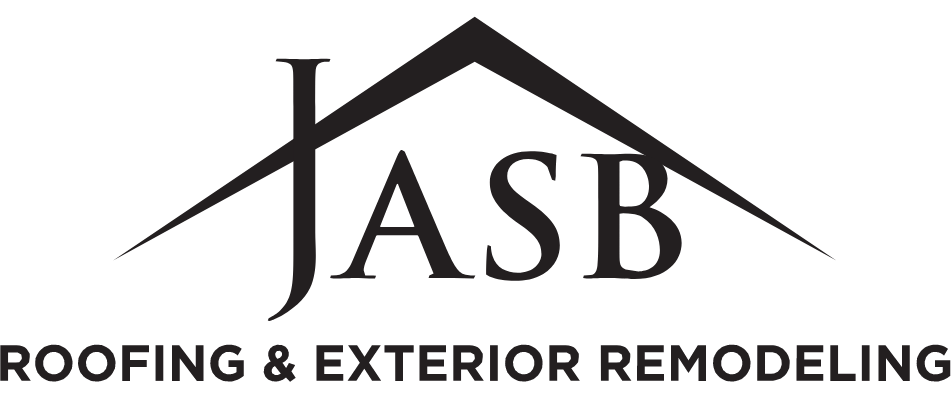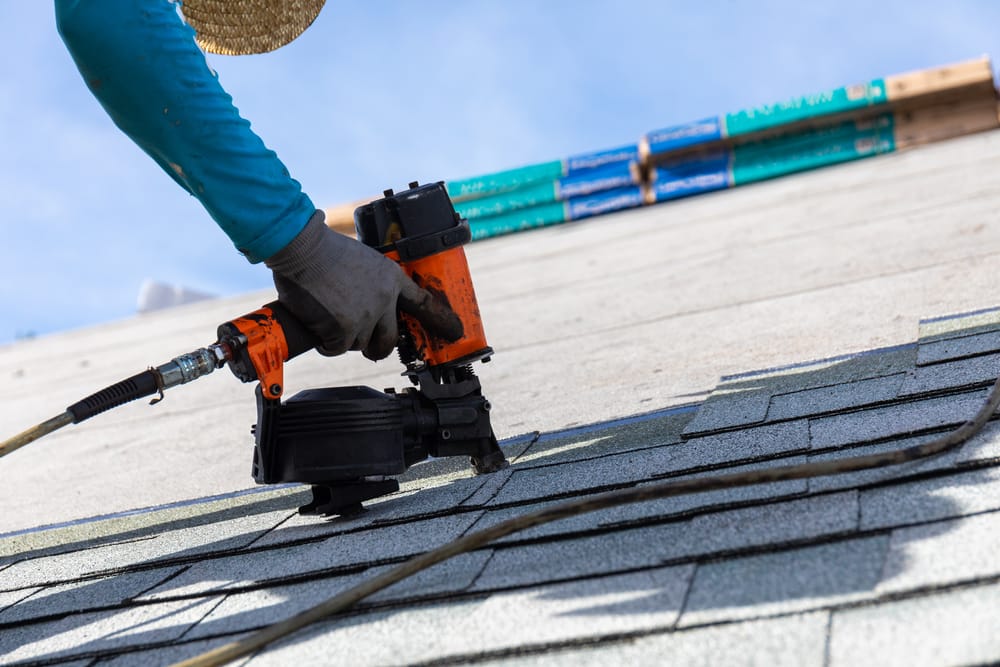Deciding if you should stay home during roof replacement is more than just a simple yes or no question. It’s about weighing the pros and cons, understanding what the day entails, and knowing how to prepare your space for both safety and efficiency. Navigating the process of getting your house ready for its roofing makeover, picking a skilled roofer, and setting realistic anticipations regarding the racket involves more than just ticking boxes; it’s about orchestrating everything to ensure minimal disruption. Plus, we’ll touch on post-replacement cleanup and inspection essentials that every homeowner should be aware of.
We also tackle potential property damage concerns—a common worry among homeowners—and emphasize effective communication with your roofing team throughout this significant home renovation project. Let’s dive into making an informed decision about staying put or stepping out during your roof’s transformation.
Preparing Your Home for Roof Replacement
Protecting Your Garden and Lawn
Your garden and lawn are your personal havens, but during a roof replacement, they can become unintended victims of debris and equipment damage. To shield these green spaces, consider using tarps or plywood sheets to cover the areas directly under the roof’s edge. Implementing this precaution not only safeguards the fruits of your gardening labor but also streamlines the tidying task for those installing your new roof.
Mowing your lawn a day before work begins is another savvy move. Short grass catches fewer nails and debris, reducing cleanup time and minimizing hazards in your yard. For gardens with delicate plants or flowers, setting up temporary fencing as an additional barrier can prevent trampling by workers moving around on site.
Securing Indoor and Outdoor Belongings
The vibrations from hammers above can transform wall decor into floor decor if you’re not careful. Before the first shingle is removed, take a walk through rooms directly below the roofline—this includes attics—and remove pictures, mirrors, or any other items hanging on walls that might succumb to gravity due to constant banging overhead.
Outdoor furniture should be moved away from work areas too; dust and debris have no respect for patio décor. If space allows it: clear out patios decks driveways anything close by that could either obstruct access for workers get damaged themselves this ensures smooth sailing both terms safety efficiency once project kicks off.
Preparing the Work Area for Safety and Efficiency
Clean driveways aren’t just about curb appeal—they play a critical role when getting ready for a roof replacement job too. Make sure there’s enough room available not only parking contractor’s vehicles but also placing dumpster necessary disposal materials Ensuring easy entry exit points will help avoid delays accidents project progresses.
Last bit advice here Don’t forget about smaller outdoor elements like wind chimes water fountains stepping stones These items may seem insignificant compared larger tasks hand yet ensuring they’re safely tucked away beforehand prevents them becoming obstacles tripping hazards everyone involved better safe than sorry right?
With some foresight preparation you set stage successful stress free experience while keeping prized possessions intact throughout ordeal Remember thoughtful homeowner makes happy roofing team ultimately leads quality finished product atop home.
Protect your garden and indoor treasures before roof work starts. Move outdoor furniture, cover green spaces, and secure hanging items inside. These steps not only keep things safe but also help the roofing team work efficiently, leading to a smoother project for everyone.
Choosing the Right Roofing Contractor
Evaluating Contractor Credentials
Finding a roofing contractor you can trust is like looking for a needle in a haystack. But, fear not. The first step is checking their licenses and insurance. This isn’t just about ticking boxes; it’s your peace of mind on the line. A reputable roofing contractor will have all their paperwork in order, which protects you if anything goes south.
Now, immerse yourself in reading reviews as if you’re getting lost in the pages of a book you can’t put down. Customer satisfaction speaks volumes about a contractor’s track record. Websites such as Better Business Bureau are gold mines for this intel. Remember, even the best contractors might have one or two bad reviews – nobody’s perfect after all – but it’s how they handle these blips that count.
Understanding the Replacement Process
The roof replacement process can feel like venturing into unknown territory without a map unless you know what to expect. Initially, having an open conversation with potential contractors about each step of this journey helps set expectations right from start to finish.
This dialogue should cover everything from initial inspection to final cleanup method post-replacement work completion — yes, including those pesky wood splinters and nails left behind.
In addition to discussions around timelines and procedures during installation crew presence at your home (including hard hat areas.), don’t forget to ask questions related specifically towards any additional services offered by them – be it gutter line repair or installing new wind chimes because why not make most out of this renovation opportunity?
Picking the right roofing contractor doesn’t just mean getting someone who can nail shingles correctly—it means finding someone whose customer service skills shine brighter than any glossy marketing brochure ever could; where integrity meets skill head-on under that big blue sky we call ‘roofing.’ It involves diving deep into credentials and understanding every nuance of what makes their service tick—ensuring when storm clouds gather again over your newly replaced roof—you’re smiling knowing full well raindrops aren’t making an unwanted comeback tour inside anytime soon.
Finding a trustworthy roofing contractor means checking their licenses, diving into reviews, and understanding the replacement process. It’s about peace of mind and ensuring your new roof stands strong against storms.
The Day of Roof Replacement: What to Expect
Noise Management and Safety Precautions
When your home’s roof is getting replaced, think rock concert minus the fun tunes. The constant banging from hammers and power tool usage will be your soundtrack for the day. Local reputable roofing contractors often suggest leaving your house during a roof replacement experience because it’s not just loud—it’s really loud.
Falling debris is another guest at this unsolicited party. While contractors aim to keep things tidy, gravity has its own plans. To dodge any surprises, like an unexpected meeting with a wayward shingle in your living room, safety concerns dictate staying clear of the work zone.
To mitigate risks further, make sure walkways are clear of tools or materials that could become tripping hazards. It might also be wise to relocate outdoor items such as patio furniture or wind chimes temporarily away from the action area.
Beyond personal safety measures around falling debris and construction noise disruptions lies the challenge of ensuring everything in proximity remains intact post-roofing job completion—from wall décor shaking loose due to vibrations down to keeping precious garden gnomes safe from stray nails.
If you decide brave heartedly (or out of necessity) to stay put through it all, consider wearing ear protection—a simple yet effective way to safeguard against potential hearing discomfort caused by continuous noise exposure throughout the day.
Lastly, educating yourself on OSHA’s guidelines regarding construction site safety can offer additional insights into what precautions should ideally be in place, thus equipping you better for engaging conversations with your contractor about maintaining a secure environment around your property during this hectic period.
Remember, a well-prepared homeowner makes both their life and that of their installation crew easier. By understanding what encompasses a typical roof replacement project—noise level expectations included—you’re setting up for smoother sailing despite inevitable disturbances these essential home renovation projects entail.
With thoughtful preparation centered around noise management strategies coupled with stringent adherence towards implementing necessary safety protocols designed protect both people properties alike, you’ll navigate through tumultuous waters associated undergoing comprehensive roofing overhaul much more comfortably than otherwise might have been case without foresight planning beforehand.
Roof replacement means loud noise and safety hazards, like falling debris. Leaving your house can dodge these issues, but if you stay, clear walkways and protect your ears. Being prepared eases the process for everyone involved.
Post-Replacement Cleanup and Inspection
Ensuring a Thorough Cleanup
The moment the last shingle is secured, and the roofing team begins to pack up, it doesn’t mean your roof replacement journey ends there. A crucial step that follows is the cleanup process. Ensuring a safe environment post-roof replacement entails not only the removal of obvious rubbish but also a detailed scouring for hazardous minutiae like timber fragments, metal fasteners, and diminutive hazards lurking about.
A reputable roofing company will sweep your property with magnetic tools designed to catch leftover nails around your home’s perimeter, ensuring nothing dangerous is left behind for you or your family to find later. They’ll also remove any tarps used during the job from your garden and lawn as part of their cleanup method.
This detailed approach helps prevent future injuries or tire punctures but also respects your property by leaving it as they found it – minus an old roof.
Conducting a Final Inspection with Your Contractor
Your active participation in the post-replacement phase plays a pivotal role in achieving satisfaction with the work done on your home’s roof. Before giving a final nod of approval, conducting a thorough inspection alongside your contractor ensures no corners were cut during installation.
Dive into areas such as gutter lines for proper alignment which prevents water damage down the line; inspect shingles closely for uniformity and correct installation practices—this inspection guide from InterNACHI can be particularly helpful if you’re doing this for the first time. Also scrutinize flashing around chimneys or vent pipes since improper sealing here can lead to leaks. Ensuring your home not only looks good but also stands strong against the elements involves more than just superficial care.
Rounding off this process by asking questions clarifies any doubts while holding contractors accountable—it reinforces customer satisfaction beyond mere verbal assurances.So yes, after all those hammers stop banging away above you (and believe us when we say local reputable contractors suggest stepping out for this noisy affair), coming back not only reveals a brand new top hat for your house but demands one final task: Making sure everything was done right—because details matter.
After the roofing work wraps up, don’t skip out on a thorough cleanup and detailed inspection with your contractor. This ensures not just a spick-and-span property but also confirms that every shingle and seal stands strong against future weather woes. Dive deep into these steps to keep your home safe and sound.
Dealing with Potential Damage During Roof Replacement
Protecting Your Property from Damage
The thought of getting your roof replaced can bring up images of a nightmare scenario: falling debris damaging your prized rose bushes or the new patio furniture. But, fear not. By planning ahead and keeping an open line of dialogue, it’s entirely possible to shield your assets from harm throughout the renovation of your rooftop. First off, discuss with your roofing contractor how they plan to protect your garden and lawn. Most reputable contractors will use tarps to cover sensitive areas and might even suggest trimming back trees or shrubs that could interfere with their work.
Vibrations are another concern; they’re an inevitable part of the job but can cause items inside your home to shift or fall. Before work starts, take a walk through your house—especially rooms directly under the roof—and secure wall décor or any hanging items that might be vulnerable. It’s also wise to remove fragile items from attic spaces as these areas are directly affected by roofing work.
Mistakes do happen, despite all precautions taken by experienced professionals. The key here is responsibility—reputable roofing companies understand this and will take full responsibility for any damage caused during the project. They should have comprehensive liability insurance in place for such scenarios so make sure you verify this before signing any contracts.
What To Do If Damage Occurs
If you notice damage after the installation crew has left, don’t panic. Document everything thoroughly with photos or videos which will come in handy if there’s need for repairs covered under warranty—or worse comes to worst—a claim against damaged property liability insurance held by the contractor. Next step? Reach out immediately to both customer service at JASB Roofing & Exterior Remodeling and potentially also their insurance company depending on what kind of response you get initially. Clear communication is critical here; explain what happened calmly but firmly requesting prompt attention. Understanding homeowner’s insurance terms beforehand can give you an edge when discussing repair obligations over damages occurred due lack supervision during significant vibrations phase its high likelihood knocking down decors within premises without proper pre-measures being implemented beforehand. Lastly stay patient yet persistent till issue gets resolved ensuring further precautionary measures enacted prevent repeat future occurrences same mistake happening again especially where heavy machinery used near delicate exterior fixtures like water fountains wind chimes which could easily become casualties amidst chaos often accompanies large scale renovations like ones involve replacing entire sections residential housing rooftops.
Protect your home and peace of mind during roof replacement by talking with your contractor about property protection, securing indoor items from vibrations, and checking their insurance. If damage happens, document it and contact them immediately for a fix. Stay informed and persistent to prevent future issues.
Communication and Coordination with Your Roofing Team
Talking effectively with your roofing team isn’t just about chit-chat over a cup of coffee. Ensuring your roof overhaul progresses without a hitch, from the initial stages to completion, hinges on maintaining open and effective dialogue with your roofing crew. Let’s explore why clear lines of communication are vital.
Evaluating Contractor Credentials
Finding the right contractor feels like swiping right until you find “the one.” You want someone who doesn’t just look good on paper but also has the skills to back it up. Checking licenses, insurance, and reviews online can give you peace of mind that they know their shingles from their shakes. But don’t stop there—ask them directly about their experience with projects similar to yours.
A reputable roofing company will be upfront about its track record and customer satisfaction rates. They’ll likely direct you to previous clients or show off portfolios of completed work. This transparency is key in building trust between homeowner and contractor before any nails are hammered in.
Understanding the Replacement Process
Kicking off a roof replacement project without knowing what’s involved is like setting sail without a map—you might end up somewhere unexpected. Grasping every detail of the procedure ensures that everyone’s hopes align with what can actually be achieved.
Your contractor should walk you through every phase—from tearing down old materials to installing new ones—and explain how long each part takes. Knowing this timeline allows for better planning around major milestones, such as when heavy machinery will be on-site or specific days workers need access inside your home.
The Role of Effective Communication Throughout the Project
Miscommunication can lead projects astray faster than a gusty wind ripping off shingles. Regular check-ins keep everyone aligned on progress and potential issues needing attention—it’s teamwork at its best.
An open dialogue lets homeowners bring up concerns promptly while allowing contractors an opportunity to adjust plans if necessary seamlessly—the hallmark traits found among top professionals recognized by industry bodies such as NAHB (National Association of Home Builders). In essence, these dialogues play a pivotal role in navigating towards successful outcomes by smoothing out any bumps that might arise during the process.
Chatting with your roofing team does more than pass the time; it’s key to a smooth project. Find a contractor who’s not just talk by checking their creds and asking about past work. Know what you’re getting into with each step of the roof replacement, and keep those lines open for worry-free teamwork.
Conclusion
So, deciding should I stay home during roof replacement? It’s a balancing act. You’ve become familiar with setting up your area and picking the perfect team to tackle the task. Safety and efficiency are key.
You now know noise is part of the deal, but so is ensuring a thorough cleanup afterward. Remember, communication with your roofing team can make or break this experience.
Mistakes happen; reputable contractors will fix them. Keep an eye out during that final inspection.
Finally, managing expectations from start to finish is crucial. This journey requires patience, understanding, and a bit of flexibility.
The metamorphosis of your dwelling is just around the corner, brimming with potential. With these insights in hand, you’re ready to navigate the complexities of roof replacement with confidence.












